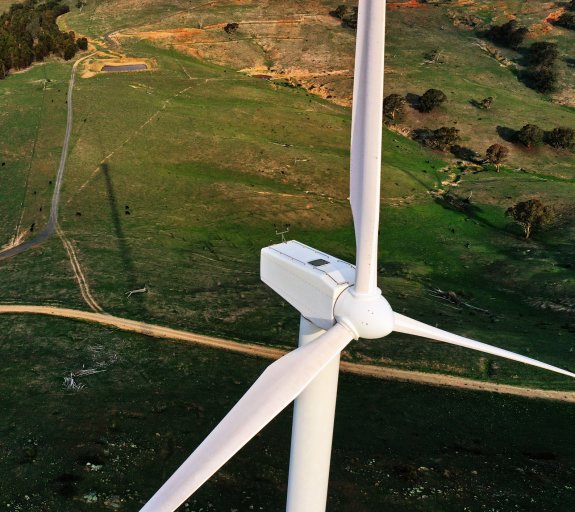
Understanding scope 3: How responsible investors can wrestle with the unruliest of emissions
Key points
- A company’s greenhouse gas (GHG) emissions are often referred to as either scope 1, scope 2 or scope 3. The first of these refers to direct emissions from a company’s activity and the second to emissions related to operational electricity use
- A company’s scope 3 emissions are those found along its value chain, both upstream (before) and downstream (after) its own operations
- The availability, quality and reliability of scope 3 data are a concern, but a diminishing one, and regulation will help
- In aggregate, scope 3 emissions account for 79% of total emissions. Two-thirds of scope 3 (hence half of total emissions) come from the use of products. This means reducing scope 3 will mostly be achieved by changing products or by changing demand dynamics
- In some sectors more reliant on fossil fuels, a truly net zero scope 3 would mean entirely phasing out current products or fully reengineering them
- AXA IM is committed to net zero and wants investee companies to include scope 3 in their climate reporting. However, we think it is understandable if this is not fully realised at this point, given the challenges of adapting complex value chains, including elements outside of a company’s control
Disclaimer
This document is for informational purposes only and does not constitute investment research or financial analysis relating to transactions in financial instruments as per MIF Directive (2014/65/EU), nor does it constitute on the part of AXA Investment Managers or its affiliated companies an offer to buy or sell any investments, products or services, and should not be considered as solicitation or investment, legal or tax advice, a recommendation for an investment strategy or a personalized recommendation to buy or sell securities.
Due to its simplification, this document is partial and opinions, estimates and forecasts herein are subjective and subject to change without notice. There is no guarantee forecasts made will come to pass. Data, figures, declarations, analysis, predictions and other information in this document is provided based on our state of knowledge at the time of creation of this document. Whilst every care is taken, no representation or warranty (including liability towards third parties), express or implied, is made as to the accuracy, reliability or completeness of the information contained herein. Reliance upon information in this material is at the sole discretion of the recipient. This material does not contain sufficient information to support an investment decision.
Issued in the UK by AXA Investment Managers UK Limited, which is authorised and regulated by the Financial Conduct Authority in the UK. Registered in England and Wales, No: 01431068. Registered Office: 22 Bishopsgate, London, EC2N 4BQ.
In other jurisdictions, this document is issued by AXA Investment Managers SA’s affiliates in those countries.
© 2023 AXA Investment Managers. All rights reserved